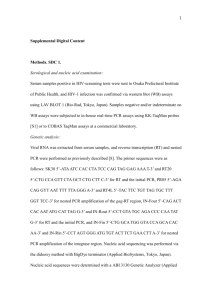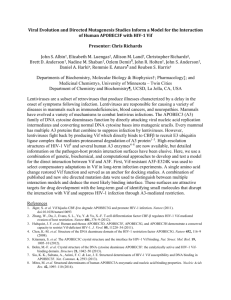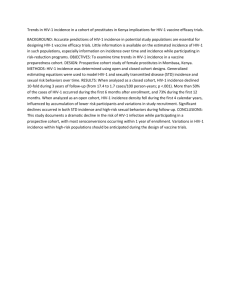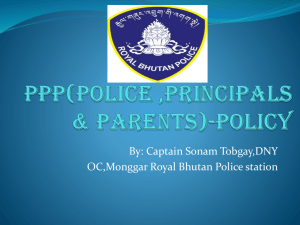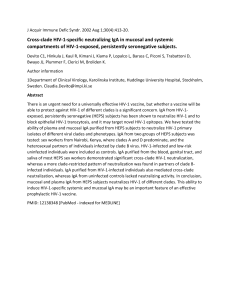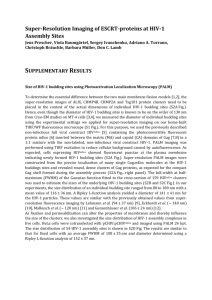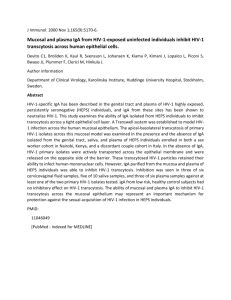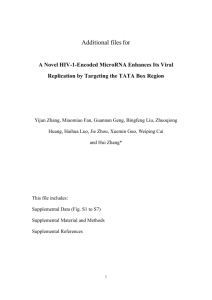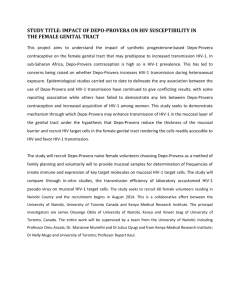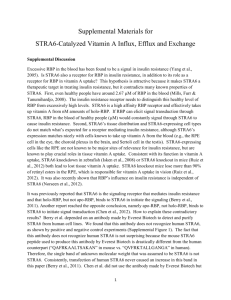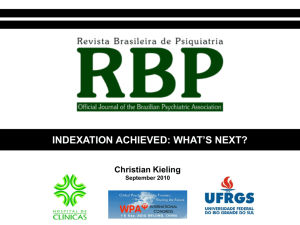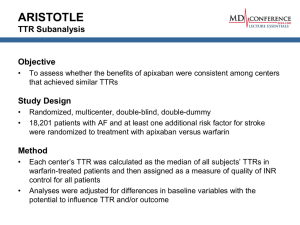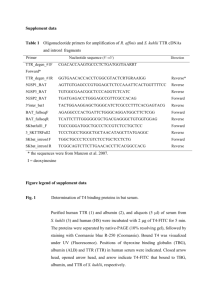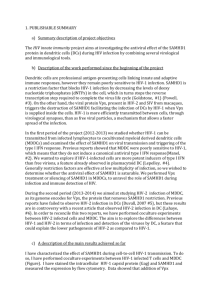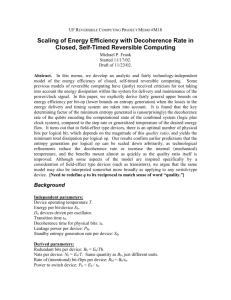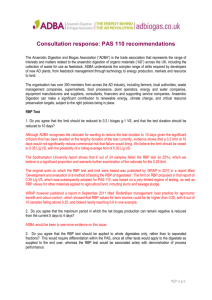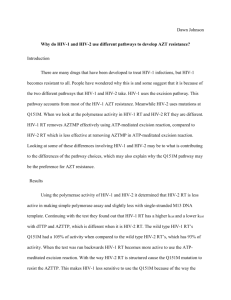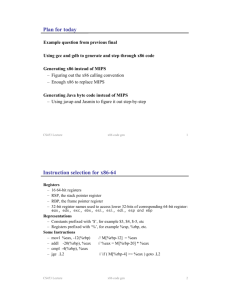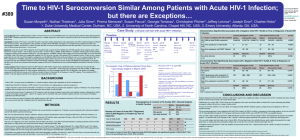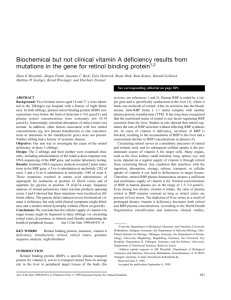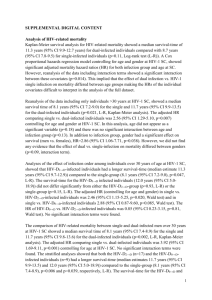DOC
advertisement
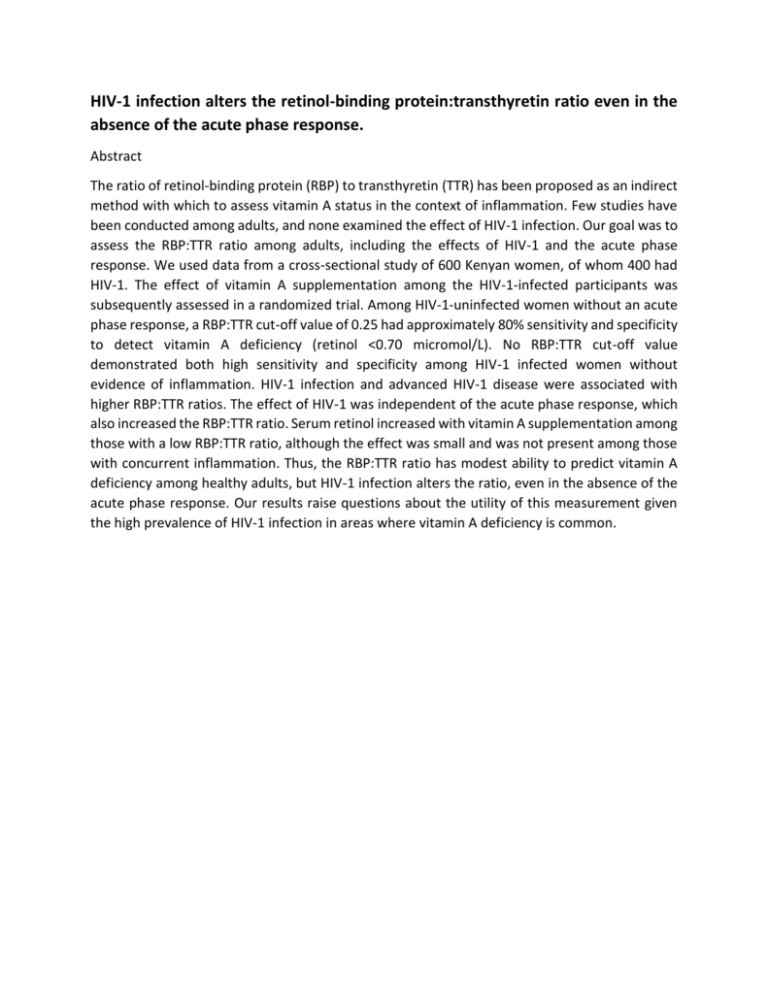
HIV-1 infection alters the retinol-binding protein:transthyretin ratio even in the absence of the acute phase response. Abstract The ratio of retinol-binding protein (RBP) to transthyretin (TTR) has been proposed as an indirect method with which to assess vitamin A status in the context of inflammation. Few studies have been conducted among adults, and none examined the effect of HIV-1 infection. Our goal was to assess the RBP:TTR ratio among adults, including the effects of HIV-1 and the acute phase response. We used data from a cross-sectional study of 600 Kenyan women, of whom 400 had HIV-1. The effect of vitamin A supplementation among the HIV-1-infected participants was subsequently assessed in a randomized trial. Among HIV-1-uninfected women without an acute phase response, a RBP:TTR cut-off value of 0.25 had approximately 80% sensitivity and specificity to detect vitamin A deficiency (retinol <0.70 micromol/L). No RBP:TTR cut-off value demonstrated both high sensitivity and specificity among HIV-1 infected women without evidence of inflammation. HIV-1 infection and advanced HIV-1 disease were associated with higher RBP:TTR ratios. The effect of HIV-1 was independent of the acute phase response, which also increased the RBP:TTR ratio. Serum retinol increased with vitamin A supplementation among those with a low RBP:TTR ratio, although the effect was small and was not present among those with concurrent inflammation. Thus, the RBP:TTR ratio has modest ability to predict vitamin A deficiency among healthy adults, but HIV-1 infection alters the ratio, even in the absence of the acute phase response. Our results raise questions about the utility of this measurement given the high prevalence of HIV-1 infection in areas where vitamin A deficiency is common.
